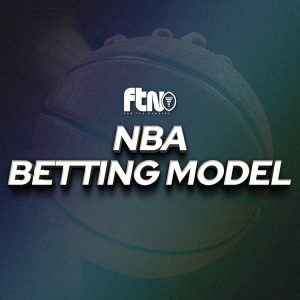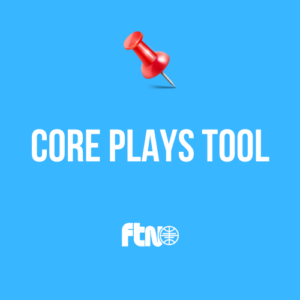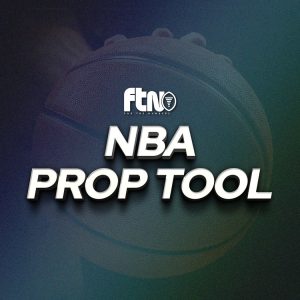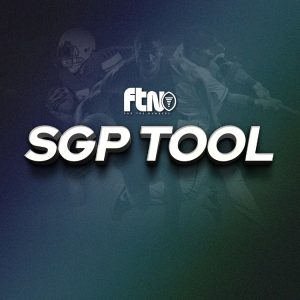
(It’s fantasy baseball draft season! The FTN Fantasy team and a host of helpful guests present our Ultimate 2024 Fantasy Baseball Guide. Check it out and prepare for the 2024 MLB season!)
“Run it back?”
We’ve all heard that phrase before. It’s most commonly uttered after a loss in pickup basketball. And if you’re a competitor like me, you can’t end your day with a loss. Never, ever end with a loss. That’s the golden rule of pickup, right? But what if you win? There’s another phrase: “If it ain’t broke, don’t fix it.”
I’m not here to spit out clichés for you. But in this case, it’s relevant. And that’s where fantasy baseball enters the chat. More specifically, the NFBC Online Auction Championship. I broke into the NFBC back in 2022 by single-entering the Online Auction Championship. I finished first in my league with 132.5 points and was fortunate enough to take 12th in the overall contest out of 840 teams.
Not bad at all. So this past March, I asked myself … “Run it back?” I single-entered the Online Auction Championship for a second consecutive year, finished first in my league with 131.0 points and took ninth in the overall contest. So how did I do it? What’s the secret to winning NFBC Online Auction Championships (or auction fantasy baseball championships in general?).
That’s today’s lesson. The strategy I’ve followed the last two years will give you the best chance to succeed in season-long NFBC Auction leagues. I can’t promise you a top 1% finish in the overall contest. I can’t even promise you a league title. But I promise you I’ll be deploying this strategy for a third consecutive season. And it’s worked two years in a row. Shall we run it back?
NFBC Auction Overview
First, some housekeeping. The NFBC Online Auction Championship consists of this roster format:
- Catcher (2)
- First Baseman (1)
- Second Baseman (1)
- Shortstop (1)
- Third Baseman (1)
- Outfielder (5)
- Corner Infielder (1)
- Middle Infielder (1)
- Utility Player (1)
- Pitcher (9)
- Bench (7)
There are five hitting categories:
- Runs
- Home Runs
- RBIs
- Stolen Bases
- Batting Average
And five pitching categories:
- Strikeouts
- Wins
- Saves
- ERA
- WHIP
The goal is to build the most balanced roster possible with the $260 you are given for the auction draft. For each category, you accumulate stats from Opening Day until the final out of the regular season. When the season ends, you receive points for each category based on the standings in your individual league. For example, if you score the most runs in your 15-team league, you earn 15 points for that category. The runner-up receives 14, all the way down to the last-place team receiving just one point.
If we use my team last year as another example, I finished the year with 131 points. That means I averaged 13.1 points per category (131 points divided by 10 total categories). Ideally, you should draft players who contribute in multiple categories. If you must draft a player who excels at one specific category, you want them to be near the top of the MLB leaderboard in that statistic.
But we’ll get to that in the strategy section, among other things.
NFBC Auction Strategy
There are two general draft strategies in an auction league – the stars-and-scrubs approach, or the balanced approach. Within those two strategies, there are others as well, such as the hitter-extreme strategy and the pitcher-extreme strategy. Let’s start with the general draft strategies, where I prefer the balanced approach.
Unlike snake drafts, where you need to react based on how the draft unfolds, you can control your own destiny in an auction draft. Whether you’re bidding on a player, or nominating a player yourself, there’s always some form of strategy going on. And you control it all. That’s what makes succeeding in auction drafts a unique skill.
Let’s first talk about general strategy and drafting players.
Choosing the Right Players
First, I need to address the elephant in the room. You don’t need to draft the best or most valuable players in fantasy baseball. You simply need a roster filled with consistent performers.
This was the finished product of my winning team last season:
Hitters
(italicized players were my draft selections)
- Daulton Varsho (C)
- Logan O’Hoppe (C)
- Vladimir Guerrero (1B)
- Ketel Marte (2B)
- Francisco Lindor (SS)
- Christian Encarnacion-Strand (3B)
- Corbin Carroll (OF)
- Evan Carter (OF)
- George Springer (OF)
- Ryan O’Hearn (OF)
- Jarred Kelenic (OF)
- Josh Jung (CI)
- Noelvi Marte (MI)
- Carlos Santana (UT)
- Luis Robert (OF)
- Francisco Alvarez (C)
- Josh Lowe (OF)
- Jeff McNeil (2B, OF)
Pitchers
- Chris Bassitt (SP)
- Justin Steele (SP)
- Kodai Senga (SP)
- Cole Ragans (SP)
- Seth Lugo (SP)
- Jesús Luzardo (SP)
- Michael Wacha (SP)
- Bobby Miller (SP)
- Trevor May (RP)
- Ryan Helsley (RP)
- Tanner Scott (RP)
- Carlos Estévez (RP)
Of those players, I drafted 10 of the 18 batters, four of the eight starting pitchers and two of the four relief pitchers. That’s a total of 16/30 players. The players I didn’t draft were virtually all FAAB pickups.
You’re probably thinking, “How did this team win a championship and finish ninth overall? Where are the star players?” Like a good puzzle, the pieces all fit, and each player excelled in their own role. And most importantly, they were consistent.
You won’t see Shohei Ohtani, Ronald Acuña, Freddie Freeman, Mookie Betts, Matt Olson, Kyle Tucker, Marcus Semien, Juan Soto, José Ramírez, Bobby Witt, Pete Alonso, Austin Riley or Yordan Alvarez in my lineup. You also won’t see Gerrit Cole, Spencer Strider, Blake Snell, Zac Gallen, Logan Webb, Kevin Gausman, Zack Wheeler or Corbin Burnes in my rotation. I never rostered Emmanuel Clase, Camilo Doval, David Bednar, Alexis Díaz, Devin Williams, Jordan Romano or Josh Hader in the bullpen.
Seems like a major disadvantage. Looking back, I can see why you’d think that. There’s a method to my madness. In fact, this was one, long, drawn-out way of saying:
- Save money early
- Attack in the middle rounds
- Target upside late
- Oh, and go hitter-heavy (we’ll explain more later)
Early in drafts, people mostly nominate the studs. And a large chunk of salary is spent in the early portion of the draft as a result. You can use this to your advantage by nominating said players with no intention of bidding on them. I’m perfectly fine letting others spend 40, 50 even 60 bucks on the Acuña, Betts, Tucker hitters or top-end starters while I patiently wait.
My goal is to let others spend big early and wait for that “lull period” of the draft when the spenders want to “cool off” before they unleash more funds. That’s the best opportunity for someone like me (who hasn’t spent any money yet) to scoop up players who will produce like Carroll, Lindor, Ketel Marte, Robert and Springer did in the middle rounds last year.

None of those players I just listed reached the $30 threshold in my auction last year. In fact, Marte was won for $9. It wasn’t always pretty. Most people wouldn’t think Lindor (mostly viewed as a “meh” draft pick at the time) would hit .254 with 31 home runs, 98 RBIs, 108 runs scored and 31 stolen bases. In fact, he was 12th on Razzball’s Player Rater and returned first-round value.
That’s the type of production that can win you a fantasy baseball championship. It won’t get any “oohs” or “ahs” when you spend $26 on a guy like Lindor, but that’s the price range I want to attack heavily in auction drafts.
Choosing the Right Players Part 2
So you’ve waited five, six, maybe seven rounds to strike. You’ve nominated players you don’t want with the sole intention of draining your competitor’s funds. The big spenders have reached their cooling-off period. That still doesn’t mean you’re going to pick the right players in those middle rounds. How do you avoid letting others steal the high-end producers while you waste money on busts in the middle rounds?
First, you need to find a set of projections you trust. Back in 2022, I used our productions here at FTN Fantasy. You’re probably rolling your eyes, thinking this is a plug of some sort. But it’s not. If you don’t believe me, ask Vlad Sedler, who was equally surprised and excited when I told him that on a phone call. I won my league that year because the projections at FTN Fantasy led me to draft a balanced roster.
For each category, I’d sort the projections to identify players who would produce the most counting stats in that statistic. Then I created my own handmade list of those projections. As players were auctioned off to other squads, I’d cross them off the list. During the cooling-off period, I’d pull the lists out and identify which high-end producers in each category were still available. Those were the players I’d aggressively bid on (or nominate myself to aggressively pursue).
It’s easier (and more valuable) to nab a projected top-10 home run hitter in the $20-30 range than it is to secure a top-3 home run hitter in the $40-50 range. And there’s always a chance your player may actually exceed the more expensive power bat. If so, you’ve created a massive edge. My top spend-up hitter back in 2022 was Yordan Alvarez in the mid-$30 range. He finished sixth in the league in homers despite battling a hand injury in the second half. That’s great value at a more economical price!
I’m sure you’ve noticed I’ve skewed this article heavily toward hitters thus far. There’s a reason for that too. I want to deploy a hitter-heavy strategy in auction drafts. These are players who, barring an off day, an injury or a scheduled rest day, are going to be in your lineup just about every day. I want to collect players like last year’s Corbin Carroll, Francisco Lindor and Luis Robert because they will contribute across the board.
If I can nail down a strong core of players who are A) In the lineup every day B) Consistently adding to the five categories and C) Affordable compared to the high-end spend-ups, I’ve already won half the battle.
The remaining battles are done later in the draft where you target holes in your roster. Feel like you’re a bit light in the stolen base department? Consult your list and find the top stolen-base producer still on the board and aggressively pursue him. If all else fails, make a point to target post-hype sleepers late. Josh Lowe and Jarred Kelenic were extremely valuable for me this past season, and both cost under $6 for their services.
Lowe hit .292 with 20 HR, 83 RBI, 32 SB and 71 runs scored. He actually functioned as an everyday caliber bat. Kelenic was hurt for a chunk of the season but had a monster first half that was still valuable. Because these players have let other managers down in the past, they can be had for pennies. And they might be one tiny adjustment to their swing away from recapturing the form that made them a top prospect. If you can nab someone like that, it’s another major edge.
So let’s recap quickly. I want to:
- Save money early
- Weigh hitting over pitching
- Spend the majority of my money in the middle rounds (cooling-off period)
- Assemble a category-rich core
- Fill holes late
- Identify post-hype sleepers
Now to the end game.
Pitching Strategy
This part of the article isn’t for the faint of heart. It’s the riskiest part of my strategy and one that could easily backfire one of these years. It hasn’t for me yet. But I need to preface things with that disclaimer.
I won’t say that I completely “punt” pitching. Because I don’t. Winning an overall contest – and even placing in your 12- or 15-man contests – is a tough needle to thread. You need to be in the top 1% overall to lock down a top-10 overall finish. You need to be in the top 8% of your league to win a 12-man contest and the top 6-7% to win a 15-man contest. You won’t do this by playing it safe. You need leverage over the field. And I’ve done that by allocating only 20-30% of my money on pitching.
My thinking is: If you can load up your everyday batting order with 4- or 5-category producers, you’re already going to be at or near the top of hitting points. It’s more sustainable because these hitters play 6-7 times per week. Since starting pitchers appear no more than twice in a given week (mostly once), their performance on a start-to-start basis isn’t going to affect your team as much as a home-run bender from a hitter.
So I target pitching late. I’ve been backed into a corner the last two years loading up on $6-12 pitchers to fill out my entire pitching staff. But if you strike gold on those pitchers, and they complement your category-stuffed batting order, that’s how you achieve a top 1% finish in October.
Earlier, I listed my 2023 pitching staff that helped me place ninth overall. Jesús Luzardo, Chris Bassitt and Kodai Senga were the first three pitchers I drafted last year. And they were all drafted really, really late. Between the three, they cost an average of $9. Yet all three were extremely valuable
- Luzardo: 10-10, 3.58 ERA, 1.215 WHIP, 208 K
- Bassitt: 16-8, 3.60 ERA, 1.175 WHIP, 186 K
- Senga: 12-7, 2.98 ERA, 1.22 WHIP, 202 K
That’s some amazing production from arms who cost under $10 on average. Though a handful of other dart-throws I drafted like Tyler Anderson, Sean Manaea, Michael Kopech, Mike Clevinger, Tylor Megill and Corey Kluber failed to produce any value, that trio above served as a solid-enough core. I had enough confidence in myself to work FAAB and play the matchups elsewhere. Who knows? Sometimes a streamer turns into someone you can ride the rest of the season.
Nestor Cortes and Tyler Anderson were those guys for me in 2022. Seth Lugo (virtually all season) and Cole Ragans (midway through the season) were my steady hands off the waiver wire this year to beef up my core. Oh, and I did hit on one lottery ticket: Justin Steele.
I grabbed Steele for $1 as one of my final draft picks. He finished the year 16-5 with a 3.06 ERA, 1.17 WHIP and 176 strikeouts. There you have it. Without spending any big bucks, my starting rotation was Luzardo, Bassitt, Senga, Steele, alongside helping hands Lugo, Ragans and Bobby Miller (my top FAAB spend of the year). Now we’re cooking. And when you combine that makeshift-elite staff with the top-producing lineup in the league … bang. Champion.
As I said before, this strategy isn’t for the faint of heart. One of these years, I might not be so lucky in assembling a cheap pitching core. I might not hit on a $1 Steele (2023) or $1 Cortes (2022) ever again. The Lugo/Ragans/Anderson FAAB pickups might not pan out. And if that’s the case, you’ll be chasing pitching all year and won’t likely compete for a title.
That’s a risk I’m willing to take with pitching being a volatile commodity.
Closer Strategy
I didn’t forget about closers. There’s no hard-and-fast rule I follow on when to draft or how much to spend on a closer. In 2022, I spent roughly $25 on Josh Hader to anchor my bullpen and filled in the gaps with some FAAB pickups (like Félix Bautista). This past year, I spent $16 on Ryan Helsley, who was solid early in the season but missed the majority of the year in between (only 14 total saves).
Luckily, Carlos Estévez was a cheap, sub-$10 closer I also drafted. He saved 31 games for the Angels, which was tied for 11th in MLB with Ryan Pressly. It was only two saves less than the much more expensive Hader (33 saves) and Bautista (33), and only five saves behind Jordan Romano/Devin Williams (36).
Again, that’s insane value at a cheap price. That’s how I try to thread the needle with my pitching staff – closers included. I’d consider $20-25 on an elite name who is falling below market value. Otherwise, I’m being stingy with my funds here and hoping to strike in FAAB on flavor of the week closers. Trevor May (21 saves) and Tanner Scott (12 saves) were quite valuable adds when I needed an injection of saves, and it didn’t cost much to acquire their services.
Final Thoughts
Alright, let’s take a breath for a second. If you’ve made it this far, thank you. I hope I explained in enough detail the blueprint of how I approach the NFBC Online Auction draft (and any auction draft for that matter). Remember, it’s not a fool-proof strategy. In-season management is absolutely critical in helping complement your pitching staff if you draft cheap like me.
Watching as much baseball as humanly possible is also a massive edge. It gives you a much better idea of how to value players – especially starting pitching.
And remember, the draft isn’t the end-all-be-all. That’s where the rest of the FTN team comes in. We’ll be around all season, including the FTN Fantasy Discord to help you get where you want to be. Check out the rest of the FTN MLB Draft Guide, and remember, pitchers and catchers report in February!
















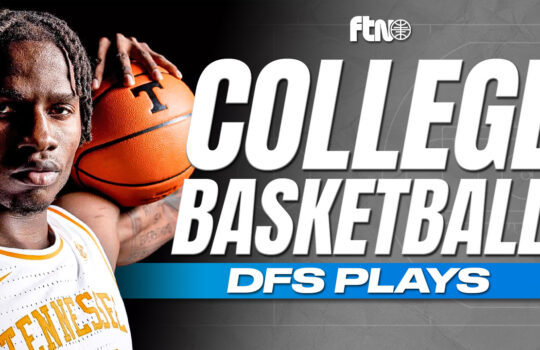











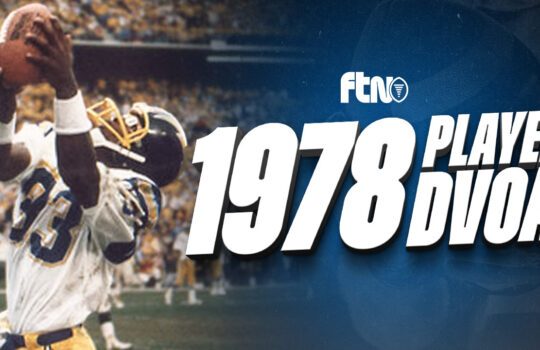






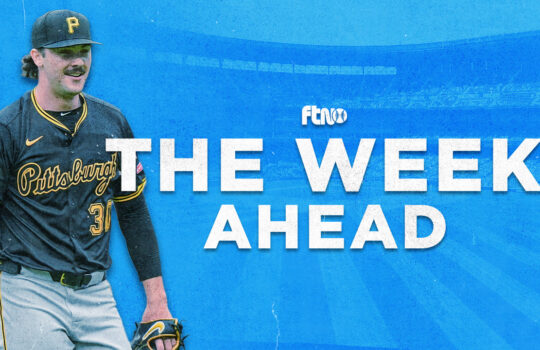





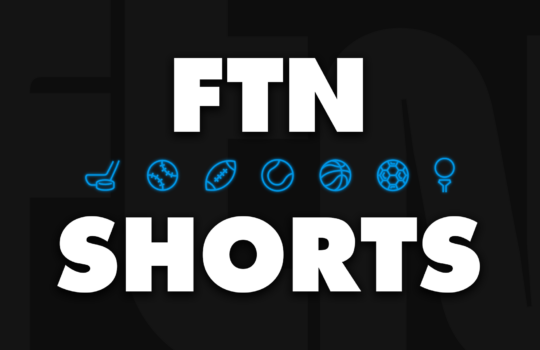
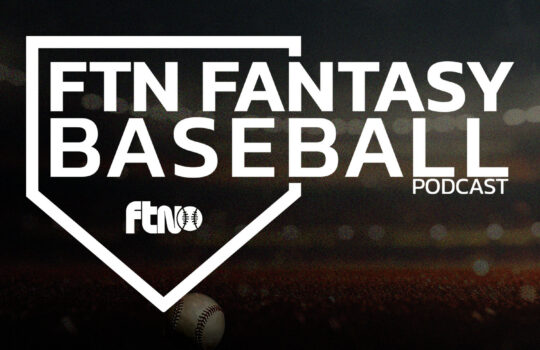



 New York Jets
New York Jets  New England Patriots
New England Patriots  Miami Dolphins
Miami Dolphins  Buffalo Bills
Buffalo Bills  Pittsburgh Steelers
Pittsburgh Steelers  Cleveland Browns
Cleveland Browns  Cincinnati Bengals
Cincinnati Bengals  Baltimore Ravens
Baltimore Ravens  Tennessee Titans
Tennessee Titans  Jacksonville Jaguars
Jacksonville Jaguars  Indianapolis Colts
Indianapolis Colts  Houston Texans
Houston Texans  Las Vegas Raiders
Las Vegas Raiders  Los Angeles Chargers
Los Angeles Chargers  Kansas City Chiefs
Kansas City Chiefs  Denver Broncos
Denver Broncos  Washington Commanders
Washington Commanders  Philadelphia Eagles
Philadelphia Eagles  New York Giants
New York Giants  Dallas Cowboys
Dallas Cowboys  Minnesota Vikings
Minnesota Vikings  Green Bay Packers
Green Bay Packers  Detroit Lions
Detroit Lions  Chicago Bears
Chicago Bears  Tampa Bay Buccaneers
Tampa Bay Buccaneers  New Orleans Saints
New Orleans Saints  Carolina Panthers
Carolina Panthers  Atlanta Falcons
Atlanta Falcons  San Francisco 49ers
San Francisco 49ers  Seattle Seahawks
Seattle Seahawks  Los Angeles Rams
Los Angeles Rams  Arizona Cardinals
Arizona Cardinals 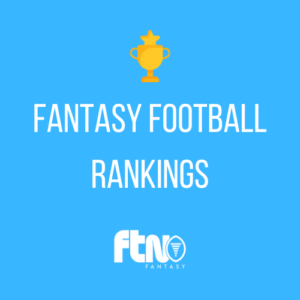
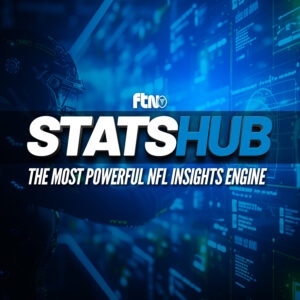
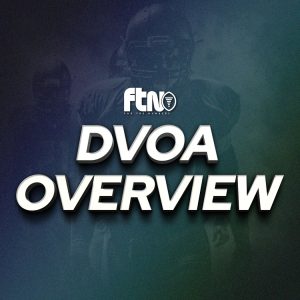
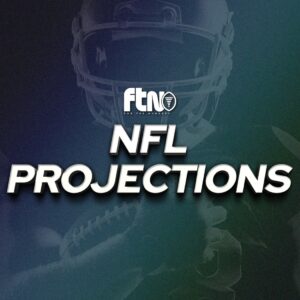



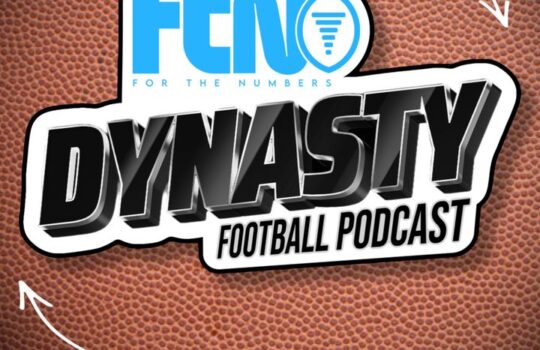
 Boston Celtics
Boston Celtics  Brooklyn Nets
Brooklyn Nets  Philadelphia 76ers
Philadelphia 76ers  New York Knicks
New York Knicks  Toronto Raptors
Toronto Raptors  Chicago Bulls
Chicago Bulls  Detroit Pistons
Detroit Pistons  Milwaukee Bucks
Milwaukee Bucks  Cleveland Cavaliers
Cleveland Cavaliers  Indiana Pacers
Indiana Pacers  Orlando Magic
Orlando Magic  Atlanta Hawks
Atlanta Hawks  Charlotte Hornets
Charlotte Hornets  Miami Heat
Miami Heat  Washington Wizards
Washington Wizards  Denver Nuggets
Denver Nuggets  Minnesota Timberwolves
Minnesota Timberwolves  Oklahoma City Thunder
Oklahoma City Thunder  Portland Trail Blazers
Portland Trail Blazers  Utah Jazz
Utah Jazz  LA Clippers
LA Clippers  Golden State Warriors
Golden State Warriors  Los Angeles Lakers
Los Angeles Lakers  Phoenix Suns
Phoenix Suns  Sacramento Kings
Sacramento Kings  Dallas Mavericks
Dallas Mavericks  Houston Rockets
Houston Rockets  Memphis Grizzlies
Memphis Grizzlies  New Orleans Pelicans
New Orleans Pelicans  San Antonio Spurs
San Antonio Spurs 

